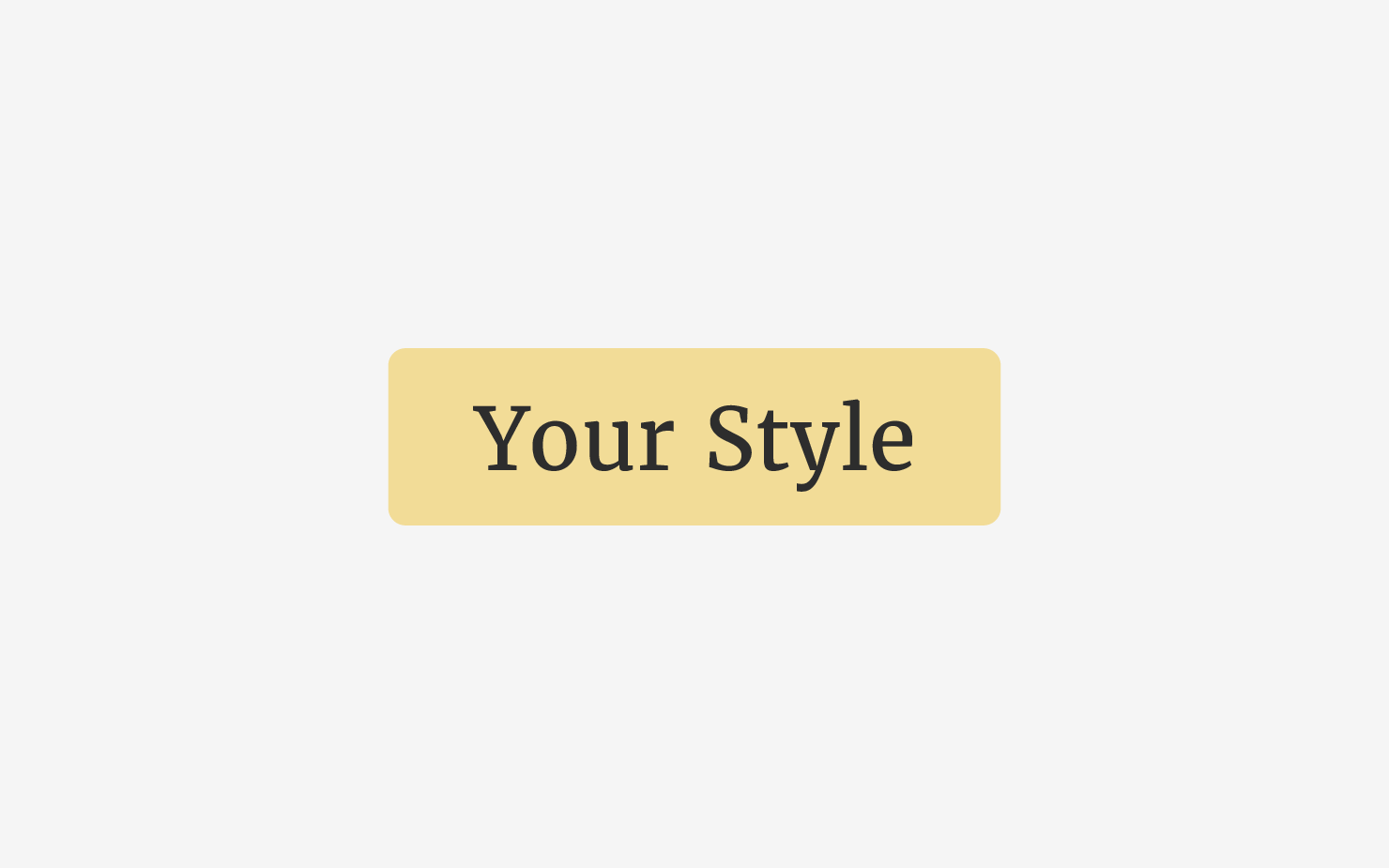
My Headlines: Style
In my last post I talked about the first chunk of the My Headlines page: Motivation. Today we’re going to be looking at the yellow box that comes after that, as you scroll down the page - Your Style.

If you look at this section of your own report you’ll notice that it follows the same pattern:
“In this report we will introduce you to the idea that how you see yourself (and what you expect of yourself) is not the whole story of who you are. There is some other stuff going on beneath the surface.”
As you delve deeper into the In-Depth Report, you’ll discover that what we’re alluding to here is the difference between Usual Behaviour and Need & Stress, but in this summary we keep things simple, and simply describe it in these terms:
“So while you are generally seen as ______________ and you expect yourself to ______________ ; we are going to help you understand why sometimes you might become ______________ or see others as ______________ .”
Pretty straightforward right? But let’s break this down a little further to help us really get our teeth into what this is saying (and how it can help us).
There are two different behaviours being described here. Firstly there’s the way you are generally seen, and expect yourself to be.
Have a read of your own report, and you’ll find that those words are positives. If things are going well, people tend to see your positive, productive behaviour. You’re able to be the person you want to be, without the pressures of a particularly difficult situation to contend with.
The second set of behaviours are what you sometimes might become, or see others as…
Have a read of this section and you’ll notice those words are a lot less positive. In fact, they are things that we’d generally think of as undesirable traits or behaviours. You’ll notice the example above features the word ‘resistant’ - that’s a lot less constructive than ‘emotionally aware’, which is found in the earlier sentence!
So clearly we each have a positive and a negative version of ourselves presented here - a productive and counter-productive set of behaviours.
But how does this help us?
Well, we could go into the In-Depth Report to find out more, or visit the Stress Check to help us manage those potential negative behaviours…
But even this simple description in My Headlines gives us something we can work with.
Already, by looking at this one paragraph, I know what my positive behaviours should look like. So when I find myself living out those positive descriptors I can guess that I’m not doing too badly!
But if I find myself matching the negative version - if I find myself behaving in a counter-productive way, or developing a toxic perspective of other people - then I know that there’s probably something going on ‘beneath the surface’…
If that is the case, then I need to identify and solve that issue, so that I can shift back into positive and productive behaviour - and not continue acting in a way that might worsen my situation!
So you can use this simple summary of your Style as a means of quickly measuring how well things are going for you - do you feel like you are acting out more of the positive or negative behaviours at this point in time?
When you know you’ve got an issue the Stress Check can be a great place to start! But if that doesn’t do the job, you may need to spend some time thinking, reflecting, and deciphering where the issue may be, using your Grid and Interests data.
When you’re really familiar with the hoozyu data, there are a lot of ways it can help you manage yourself and your reactions - but part of that process will always involve you reflecting on how the scores play out in your unique context.
So don’t underestimate the importance of using self-reflection, or discussion with a trusted mentor or advisor, to help you make sense of and apply what the different scores are telling you about yourself.
